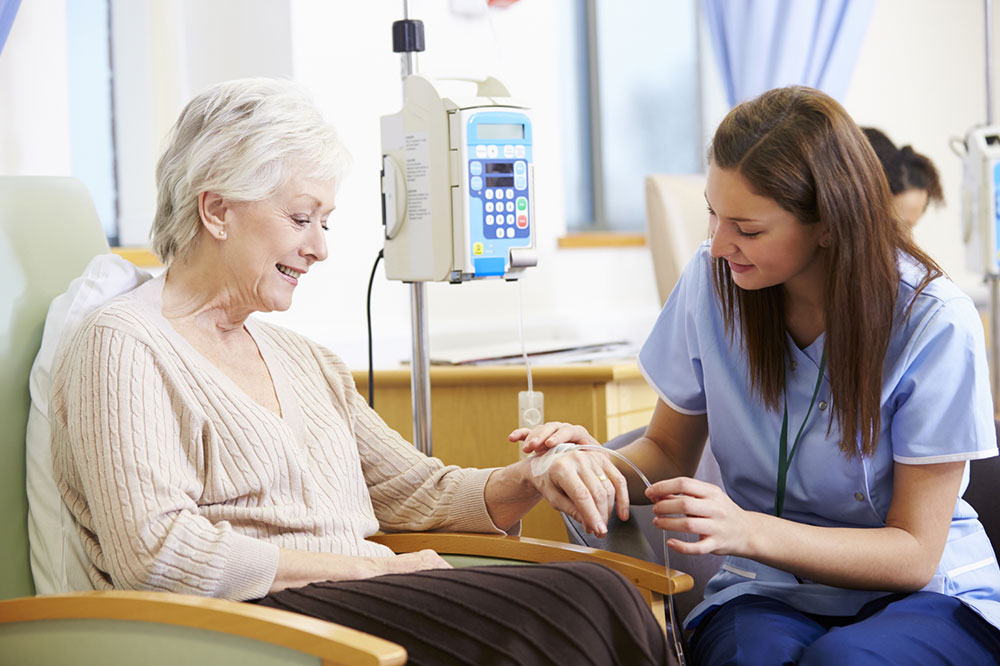7 effective ways to manage bleeding disorders

Bleeding disorders entail the body’s inability to clot blood as part of a biological process called hemostasis. In most cases, the person with the disorder bleeds spontaneously, without any known reason. At other times, there could be prolonged bleeding after surgery, a trauma, injury, or during menstruation. Besides treatment that the doctor suggests, there are ways to take care to prevent bleeding. These are the five ways to prevent the disorder effectively:
Subcutaneous injection instead of intramuscular vaccination and immunization shots
In general, immunizations and vaccinations are given into a muscle or intramuscularly. In this case, whether it is an adult or a child who needs to take the vaccine, the nurse and the doctor should be aware that the person has a clotting-related disorder. In such cases, nurses take precautions to apply the vaccine under the skin or subcutaneously. Also, the typical needle is never used. Instead, a smaller needle is used for vaccination. Once the injection has been applied, ice is applied to the spot with pressure for 5 – 10 minutes to prevent bleeding.
Children with a bleeding disorder should take necessary precautions
If a child suffers from hemophilia type A, they must wear a helmet while riding a bicycle to prevent head injuries in case of an accident.







